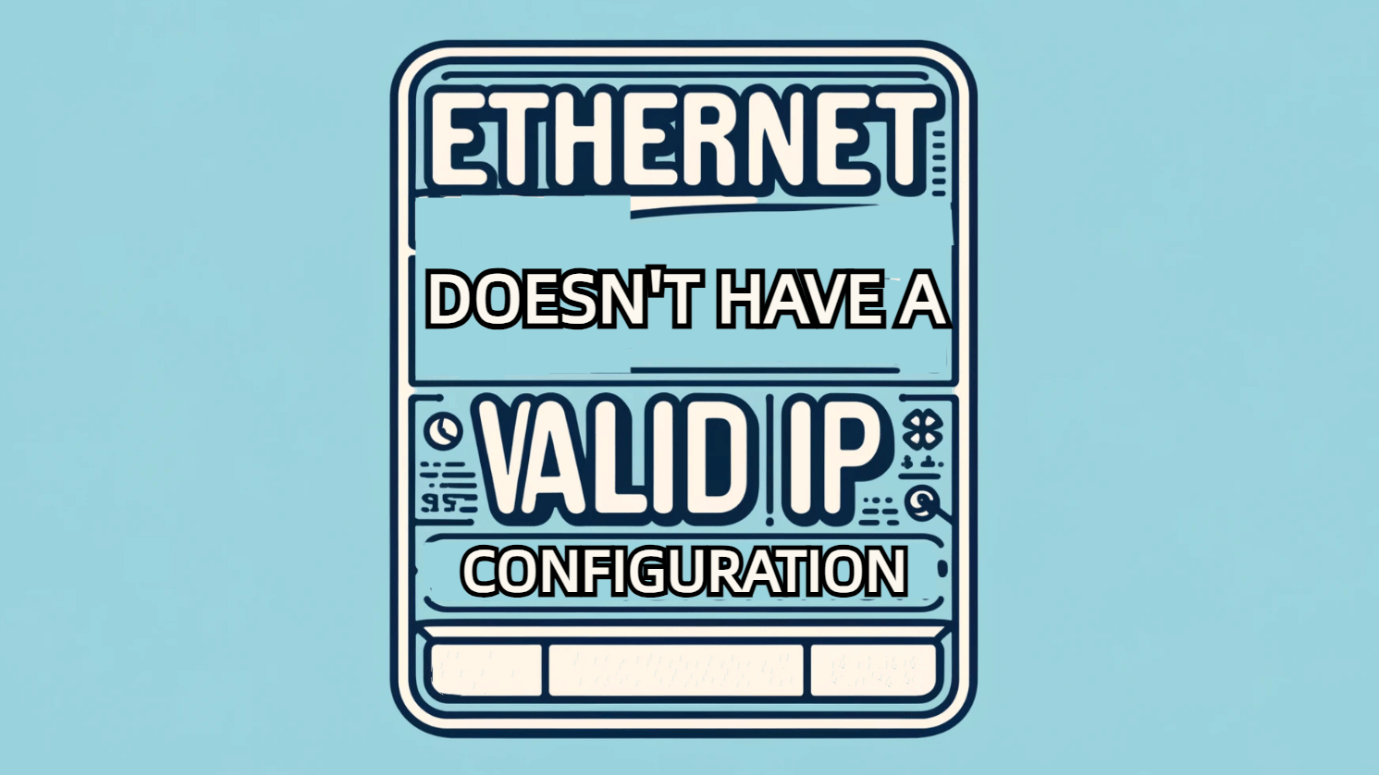127.0.0.1:62893: What Is It And How to Fix the Error

Ever bumped into the address 127.0.0.1:62893 on your device and felt puzzled? If you've seen errors like “Disconnected from the target VM, address: 127.0.0.1:62893,” you’re not alone.
In this blog, we’ll explore what exactly 127.0.0.1:62893 stands for, how it works within your network settings, and straightforward fixes for typical issues associated with it.
What Is 127.0.0.1:62893?
You're basically looking at your own computer if you've come across "127.0.0.1:62893" in your network settings or while developing software. The localhost, or IP address of your computer, is "127.0.0.1". It is a self-reflective loop that leads directly to your own system. The portion that starts with ":62893"? That port number opens a particular gateway for specific programs or applications on your computer to communicate over.
What is running on 127.0 0.1?
What services or servers you have set up to listen on 127.0.0.1 will determine what is running when you inquire what is operating on this IP. For example, if you are creating on a local website, you may open it by typing http://127.0.0.1 into your web browser when you are operating a web server. It is also possible to set up other services, such as database servers, to operate locally on this IP.
What is the "Localhost" 127.0. 0.1 address used for?
The IP address 127.0.0.1 is commonly known as "localhost," and it's used to refer to your own computer within its network. It's a loopback address, meaning any connection attempts to it are redirected back to the same device, making it a useful tool for testing and development. For example, developers use localhost to test websites or software without exposing the testing environment to the internet.
Why Localhost and Ports Matter
Imagine you're trying to develop a new web application. You wouldn't want to test it live on the internet where things can go wrong publicly. Instead, you use localhost to safely test and debug right on your own computer. Each port on this localhost acts like a different door or testing ground. This isolation ensures that you're working in a safe environment, free from external threats or interference.
The Benefits of Using 127.0.0.1:62893
Working with 127.0.0.1:62893 provides a secure, controlled environment for developers and IT professionals. It's like having a private sandbox where anything goes, but only inside your computer. Whether you're running a web server, testing databases, or experimenting with scripts, using this address ensures that your trials don't affect your live environment.

Is It Safe to Expose 127.0.0.1:62893?
In general, exposing this specific port outside your network isn't advised unless absolutely necessary. Public exposure can lead to security risks if not properly managed, as it might open a gateway for unwanted access to your system.
127.0.0.1:62893 Common Errors and How to Fix
Ever encountered a message like "Disconnected From The Target VM, Address: 127.0.0.1:62893"? This typically happens when there's a hiccup in communication between your software and the server it's supposed to talk to on your local machine. Here’s two common types of 127.0.0.1:62893 errors and how you might tackle them:
1. Disconnected From The Target VM
This error typically occurs when your development environment fails to maintain a stable connection to a Virtual Machine (VM) during debugging sessions. Here’s how you can resolve it:
- Check Your Firewall Settings: Ensure that your firewall is not blocking Java or the application you are debugging. You might need to add exceptions for your development tools and the ports they use.
- Verify Debugging Port: Make sure that the port 62893 is open and not being used by another application. You can use a tool like "netstat" to check if the port is currently in use.
- Increase Timeout Settings: Sometimes, increasing the timeout settings within your IDE can prevent this error by allowing more time for the VM to respond.
- Restart IDE and VM: Restart both your development environment and the virtual machine. This can sometimes reset connections and resolve any temporary glitches.
- Update and Configure IDE/VM Tools: Ensure your IDE and any associated VM tools are up to date. Check configurations related to VM connections to ensure they’re correct.
2. Diagnosing 127.0.0.1:62893 Errors
Errors related to 127.0.0.1:62893 often pertain to network issues or misconfigurations in your development setup. Here's how to identify and deal with these problems:
- Network Diagnostics: Run a network diagnostics check to ensure that your local network is functioning correctly. Tools like 'ping' and 'traceroute' can help determine if there are any network delays or failures.
- Check Application Logs: Review the logs of the application running on port 62893. Logs often provide clues on what is causing the error, whether it’s a binding issue, permissions error, or something else.
- Port Availability: Use a port scanning tool to ensure that port 62889 is not being blocked or used by another service. This can often cause conflicts that lead to errors.
- Configuration Review: Double-check the configuration files of your application and development tools. Errors in configuration, especially those related to network settings, can lead to problems connecting to 127.0.0.1:62893.
- Software Updates: Ensure that all related software is updated to the latest versions, which can resolve known bugs and compatibility issues that might be causing the errors.

By following these detailed steps, you can not only fix these specific errors but also gain a deeper understanding of how network connections and port configurations impact your projects.
Why Are Port Numbers like 62893 Important?
Ports are what allow your computer to handle multiple connections at once. Each app that needs to send or receive data over the internet can use a different port, which helps keep your network organized and your data heading to the right place.
What distinguishes IPv6 addresses from localhost addresses?
The "localhost" and IPv6 addresses represent different concepts in networking, each serving its purpose:
1. Localhost
"localhost" refers to a hostname that means this computer or the local machine. It is used to access services running on the computer itself.
It's typically used for testing by developers to access a service running on the same machine, such as a web server or database without going through the network.
Example: In IPv4, localhost is represented by the IP address 127.0.0.1. In IPv6, localhost is represented as ::1.
2. IPv6 Addresses
IPv6 addresses are the latest type of Internet Protocol (IP) addresses, designed to replace IPv4 addresses. They consist of 128 bits, allowing a vastly greater number of addresses compared to the 32-bit IPv4 addresses.
IPv6 addresses are used globally to identify devices on a network and route traffic across the internet.
Example: An example of an IPv6 address is 2001:0db8:85a3:0000:0000:8a2e:0370:7334.
3. Key Differences
- Scope: "localhost" is a special hostname used only for accessing the local computer's network services, whereas IPv6 addresses can be used to identify devices globally or locally on various networks.
- Purpose: "localhost" is primarily used for testing and development on the same machine, without needing to know the machine's network IP address. IPv6 addresses are intended for active use in network addressing and communication over the internet or local networks.
Conclusion
Use 127.0.0.1:62893 can make a huge difference in managing your projects and keeping your tests efficient and secure. Remember, while this is a powerful tool in your arsenal, keeping it secure and understanding its functions is key to leveraging its full potential without risking your setup.



